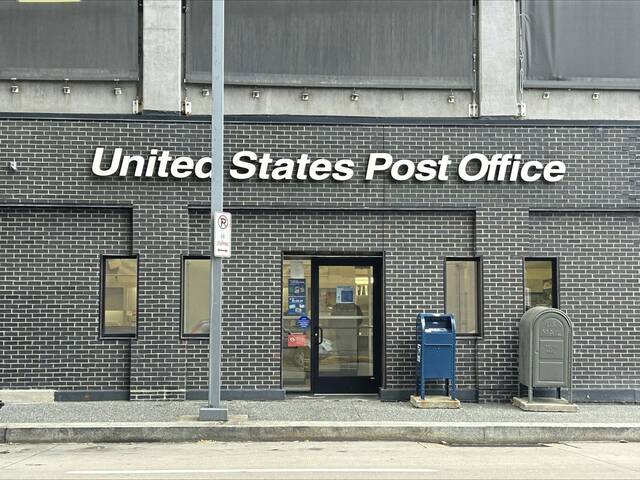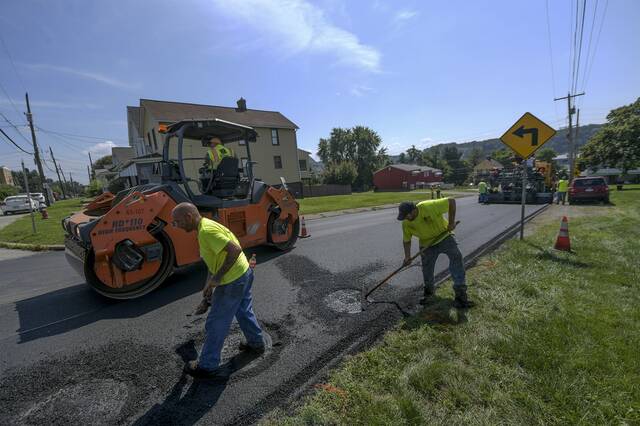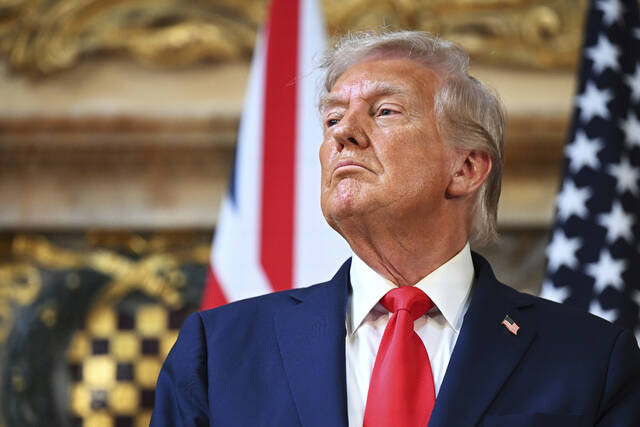The United States will be short nearly 140,000 doctors by 2033, according to the latest estimates from the Association of American Medical Colleges.
Covid-19 may drive the number of doctor shortages up further. Large numbers of physicians are leaving the profession. Consequently, we must begin preparing now to rebuild the nation’s physician workforce. To train all the doctors America will need, medical schools will have to enroll more of the many qualified students who apply each year. International medical schools are particularly well suited to that task.
It’s easy to see why the pandemic is nudging doctors into early retirement. Forty percent of the U.S. physician workforce is 55 or older. The coronavirus poses a much greater threat to people in this age group.
And as we might expect, doctors are more likely to encounter the virus, given their line of work. A study published in September in The Lancet Public Health found that “front-line health-care workers were at increased risk for reporting a positive covid-19 test.” Many older physicians would understandably rather quit than risk getting sick and potentially dying.
Other U.S. doctors are closing their practices because they have no patients to treat; they’re staying home for fear of contracting the virus. Ninety-seven percent of medical practice leaders reported a significant drop in patient visits because of the coronavirus, according to a recent poll. Fewer patient visits mean less revenue — sometimes up to 80% less.
Retiring might make more financial sense than running a money-losing business for who knows how long. Once the pandemic recedes, however, there will be an increased demand for physician services.
This wave of physician retirements will disproportionately affect rural parts of our country. More than half of rural doctors are over 50, compared to less than 40% of physicians in urban areas, according to a recent report published in the New England Journal of Medicine.
Nationwide, nearly 80 million Americans live in a primary care shortage area, meaning they have insufficient access to pediatricians, family medicine and internal medicine practitioners. That number could grow as the population ages.
To meet that demand, we’ll need more medical school graduates.
U.S. medical schools are unable to provide those graduates on their own. Between 2014-15 and 2018-19, the number of U.S. medical school graduates increased just 6%.
We’ll have to look to medical schools located outside the United States. Fortunately, international medical schools are up to the challenge.
International medical graduates already account for roughly one-fourth of the U.S. physician workforce and about the same share of doctors in training. Many of them are U.S. citizens who chose to go abroad for their degrees and then return home to practice.
Thousands of promising students graduate from international medical schools each year. More than 1,100 graduates of the school I lead, St. George’s University in Grenada, began residencies in the United States this summer. About three-quarters of our students are U.S. citizens. Their skills are on par with U.S. medical graduates. International medical graduates are required to pass the same licensing exams as graduates of U.S. schools. St. George’s University students pass the U.S. Medical Licensing Step 1 Exam at a 96% clip. That’s equivalent to the average pass rate across all U.S. medical schools.
International graduates also have a history of practicing in areas and specialties where the need is greatest. Compared to doctors trained at U.S. schools, they are typically “more likely to look after underserved populations and to live and work in rural areas,” according to a recent study published in BMC Family Practice. In the 2020 residency match cycle, they entered primary care specialties at nearly twice the rate of their domestically educated counterparts.
The covid-19 pandemic could stretch our country’s physician workforce shortage to a breaking point. Increasing our reliance on doctors educated at international medical schools can help prevent that from happening — and strengthen our ability to respond to future public health threats.
Dr. G. Richard Olds is president of St. George’s University in Grenada, West Indies.








